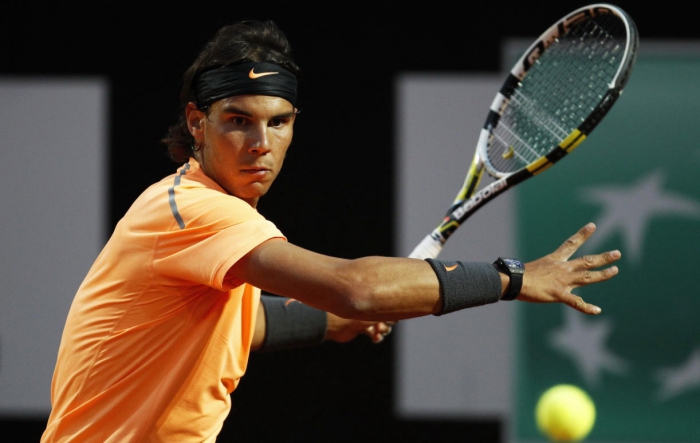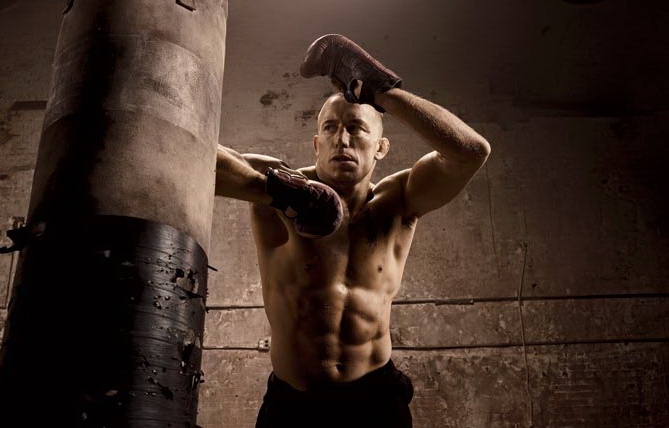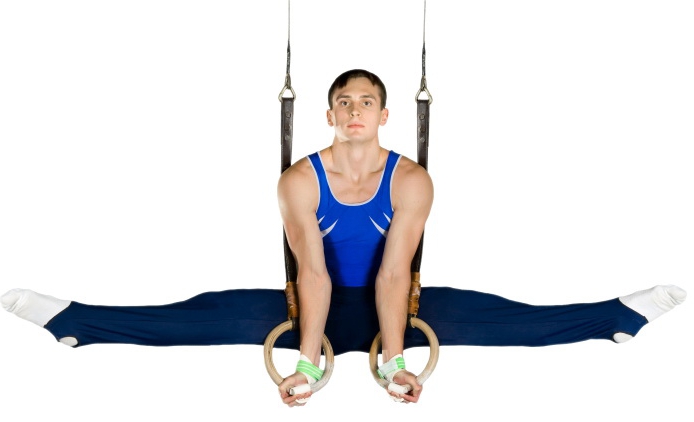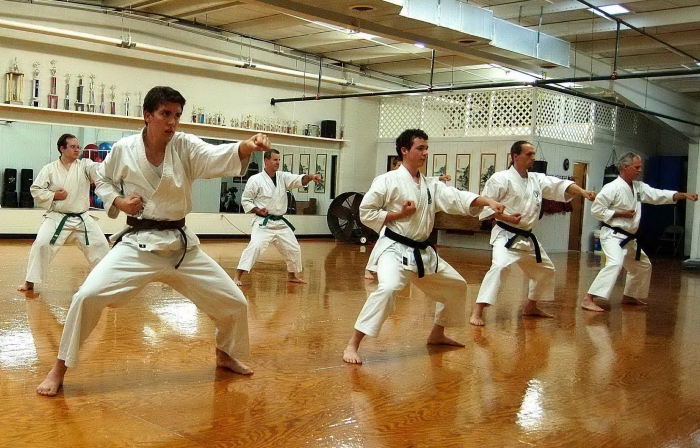In modern sports it is impossible to achieve high results without good physical data and the psychology of the winner. However, the main nuance of success remains tactical training. It is for her that every athlete and coach should pay special attention.
What is a tactic?
These are targeted methods and methods of using acceptable technical techniques to solve the tasks. It should be borne in mind that tactical training is determined by the rules of the competition for each sport. Such methods also include analysis of the opponent’s characteristics and their own forces, taking into account environmental conditions.
Thus, the tactical training is called the pedagogical process, which is aimed at mastering the rational methods of wrestling in the process of competitive activity. The research methodology directly depends on the sport. Each of them has its own interpretation and defines the general and specific framework of the training. Therefore, tactics in different sports can vary markedly. A case in point is hockey and tennis - team and individual games with their own rules and nuances.

Analytical training of the athlete can be general and special. The first category is aimed at mastering the knowledge and skills necessary to achieve success. The second is a set of similar methods against a specific opponent. These two categories are combined by common means of achievement: special exercises in an environment (lightened or complicated).
Goals and objectives of tactical training
The meaning of the technique is that the athlete learns to use his best sides against opponents with the greatest efficiency. All possibilities are important here: physical, psychological and technical.
The basics of tactical training imply the compliance of the athlete’s behavior and his action plan with the level of development of his main qualities and knowledge. Today, such a technique includes not only individual techniques and analysis of the opponent’s capabilities, but also the ability to rationally distribute their own forces throughout the entire complex of competitive exercises. In addition, masking intentions and psychological impact on the opponent are important nuances.
In team sports, the methodology of analysis and action is slightly different from the individual. For example, the tactical training of football players is reduced to the correct placement on the field, behavior in specific situations, the ability to combine with partners, playing certain schemes, etc. In singles, more attention is paid to the individual program.

When choosing tactics, discipline plays an important role. The tasks of the methodology include the formation of skills and abilities, improving the capabilities of the body (stretching, flexibility), the acquisition of general knowledge, the development of the ability to quickly switch your attention from one action to another, quickly drawing up a behavior pattern during a fight, modeling a suitable technique, etc.
Classification by participants
To date, the following types of tactical training are distinguished regarding the category of competition:
- Singles (martial arts, speed and cyclical disciplines). In this case, preparation for tactical action takes place on an individual program. Each athlete has certain tasks that need to be repelled. The training methodology depends on the capabilities of the competitor.
- Group (rhythmic gymnastics, rowing, relay race, synchronized swimming). Here the general tasks of a limited number of people are led. The training methodology may be different for each athlete, but in the end it always comes down to a single goal.
- Team (football, handball, hockey, polo). Each athlete on the field performs certain functions. The goals of the team are the same, but they are achieved by the totality of the actions of all the players combined. Here, tactical training should take into account the nuances of the competition and the capabilities of each of its participants (goalkeeper, striker, defender, etc.).
Type classification
Currently, training should be based on the specifics of the competition, the qualifications of its participants, and probable force majeure situations. Regarding these criteria, the following types of tactics are distinguished:
- Algorithmic (weightlifting, horse riding, rowing). This type of tactical training provides a set of actions that must be carried out in a strictly planned sequence. In fact, this training technique implies minimal variability of decisions. All actions go according to a given plan, and the emphasis is on physical development.
- Probabilistic (football, tennis, hockey). It is difficult to predict how the confrontation will develop. The task of probabilistic tactics is to prepare athletes for a certain set of circumstances at the beginning of the match. Players must plan further actions on their own, starting from an opponent.
- Heuristic (martial arts, gymnastics). This type of tactic implies the ability to instantly respond to the actions of the opponent. It is difficult to predict the course of a duel at any stage.
Tactical training methods
In team types, there are several training methods that allow you to test the capabilities of athletes. The most effective of them is a game with a conditional opponent. Here, tactical training is built at the time of the match with another team, similar in strength to the future opponent.
The next most effective method is playing with partners. In other words, a training session in which team members confront each other on the field. This allows you to assess the condition of as many athletes as possible and to establish connections between them. The most effective from the point of view of physical readiness and honing special techniques are training in the absence of an opponent.
Similar methods take place in individual forms. The only thing that distinguishes an athlete’s tactical training in singles is the ability to train with shells. As a conditional rival, mannequins, targets, training devices and other devices are used.
Tactical exercises
A lightweight training complex is necessary for the formation of new skills. A sophisticated exercise program is used to stimulate the development of abilities and ensure the reliability of previously learned forms.
Each athlete must take into account specific instructions for tactical training. These include the following exercises:
- Approaches with the introduction of a specific situation and actions of the opponent. The goal is to solve a dynamic problem.
- Approaches with limited time, space, number of attempts.
Immediately before the start of the competition, you should start tactical exercises in conditions as close as possible to the match. This will help simulate holistic behaviors, as during a tournament.
Tactical training: gymnastics
This variation of training is also suitable for figure skating, freestyle and acrobatics, that is, for complexly coordinated sports. Since the competitions here are non-contact, tactics come down to training the mind in the process of performing certain actions.

The most important aspect is concentration and stability.The task of such training will be to memorize new techniques, elements, their compounds.
Ultimately, the athlete must be able to express their emotions and theoretical knowledge in their movements.
In complex-coordinated sports, training is based on competition regulations.
Tactical Training: Running
This method of preparation is also characteristic of long-distance skiing. In long-term sports, competitive activity can be singles and teams. In addition, in such tournaments contacts with rivals and interaction with partners are quite likely.
Here, sports and tactical training teaches patience, concentration, the ability to calculate strength over long distances, endurance, self-control, knowing one’s body and capabilities, making decisions taking into account unforeseen circumstances. To be effective, classes should be held in conditions close to the competition.
Tactical Training: Athletics
In terms of training, cyclic sports are characterized by the interaction between partners, for example, on the relay, and individual orientation (jumping). Here contact is completely excluded.
Tactical training comes down to the distribution of efforts during the final competitions and the determination of behavior over the entire distance (a set of exercises). In training, most of the time is devoted to physics and learning new techniques. In fact, the tactical component here is minimized. Training develops composure and endurance.
Tactical Training: Martial Arts

In contact species, the dominant aspect is dominance. Here is the technical and tactical training. In parallel with the analytical exercises, training aimed at improving the physical condition of the athlete should be held.
In martial arts, tactical training allows you to master new techniques of pressure, attack and defense, to form fighting skills, to learn certain combinations.
